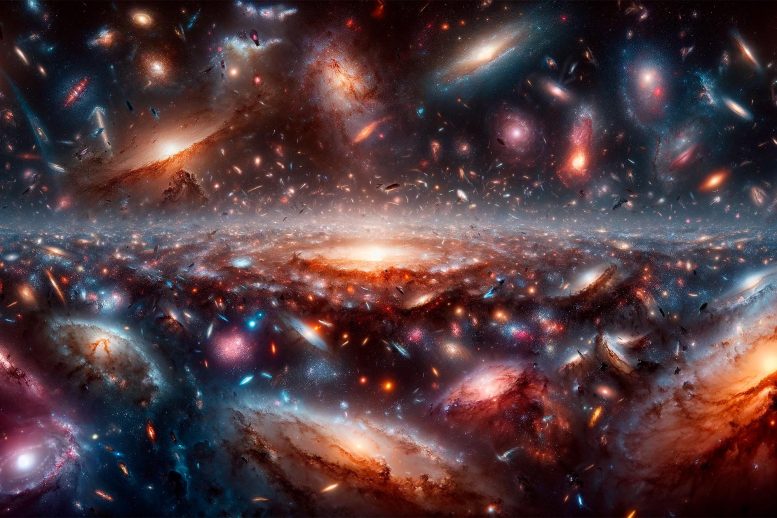
NASA’s Nancy Grace Roman Space Telescope will analyze over a billion galaxies, supported by a simulation containing 33 million galaxies created by scientists, including those at SLAC National Accelerator Laboratory. Credit: SciTechDaily.com
NASA’s upcoming Roman Space Telescope, along with the Rubin/LSST project, will explore over a billion galaxies, aided by a 33 million galaxy simulation. This effort will enhance understanding of dark matter and the universe’s evolution by comparing observational data with astrophysical theories.
More than a billion – that’s how many galaxies NASA’s Nancy Grace Roman Space Telescope will collect data on after it launches. To help astrophysicists interpret that data, scientists – including those at the Department of Energy’s SLAC National Accelerator Laboratory – are creating a computer simulation of it. The simulation will have 33 million galaxies, representing only one percent of the size of the real data set. However, it will be essential for comparing the observations to those from other telescopes.
Telescope Operations and Dark Matter Exploration
From its spot orbiting the Earth, the Roman telescope will be used for space surveys. So will the upcoming Rubin/LSST Dark Energy Science Collaboration, which will be on a Chilean mountaintop. Unlike tools that take closer-up photos of individual objects, these projects take data on huge swaths of the sky. Both projects will take enormous numbers of photos of objects that let off visible light. Imagine an enormous camera. In fact, the camera that will go on the LSST is the largest digital camera ever built. The Roman telescope will also take spectroscopic data, which captures light outside of the visible spectrum.
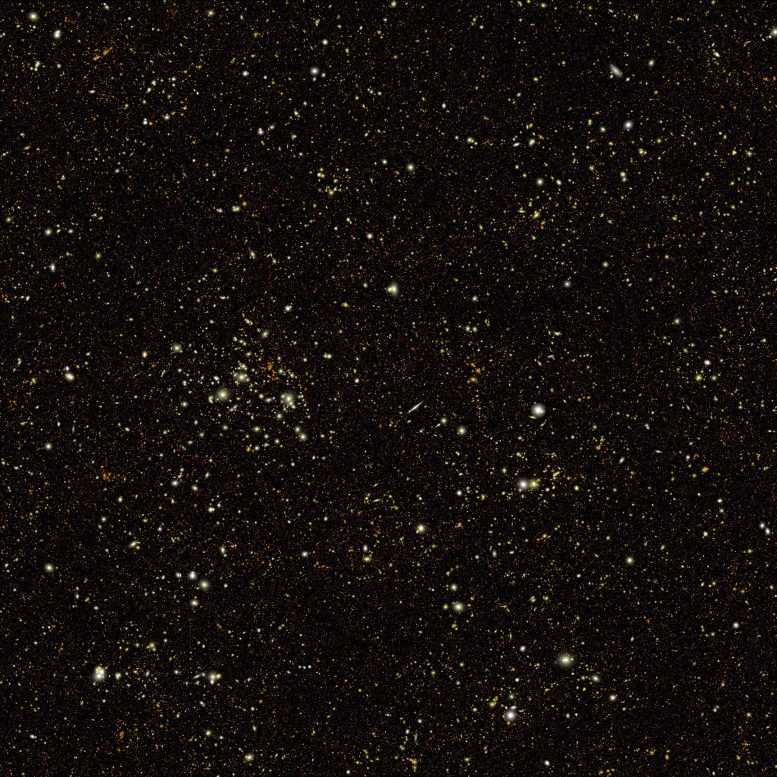
This simulated Roman deep field image, containing hundreds of thousands of galaxies, represents just 1.3 percent of the synthetic survey, which is itself just one percent of Roman’s planned survey. The galaxies are color-coded – redder ones are farther away and whiter ones are nearer. The simulation showcases Roman’s power to conduct large, deep surveys and study the universe statistically in ways that aren’t possible with current telescopes. Credit: M. Troxel and Caltech-IPAC/R. Hurt
Theoretical Comparisons and Universe Evolution
Putting together these photos helps scientists map dark matter and how our universe evolved. Astrophysicists have developed theories that describe how the earliest versions of our universe grew into the one we know today. Based on these theories, we have predictions of what the universe “should” look like. By comparing observations from these telescopes to predictions, scientists can see if they need to revise their theories.
The digital simulations of the telescopes’ data help scientists make these comparisons. The simulation for the Roman telescope is based on a mock universe. Astrophysicists had previously created this digital universe for the Rubin/LSST Dark Energy Science Collaboration. Researchers conducted some of this work at the National Energy Research Scientific Computing Center, a DOE Office of Science user facility.
Having simulations that draw from the same source will help scientists compare data from the two sets of real-life observations. By comparing the observations, scientists can look at the same objects present in both. It allows them to confirm whether a blurry image is of two or more separate objects or not.
Conclusion: A Broader Understanding of the Universe
Our universe is a vast place. No telescope can possibly take images of the entire thing. But these simulations will help us combine the data from these two telescopes so we can have a better understanding of the universe and its long history.

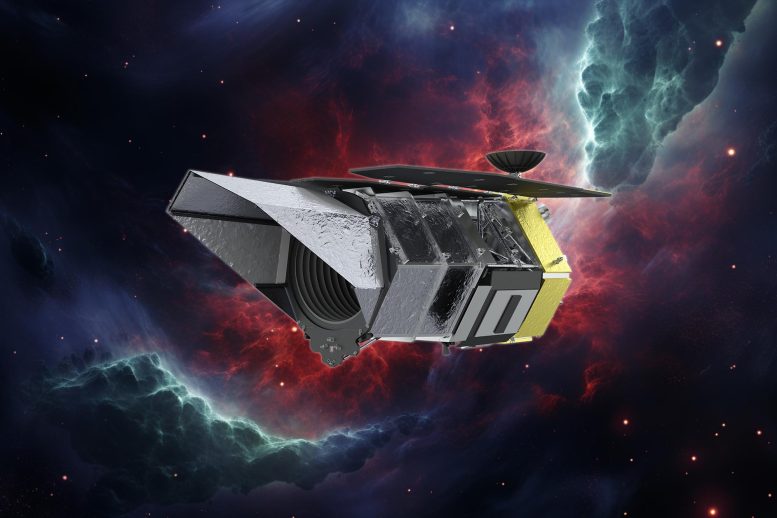
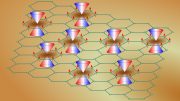
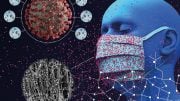


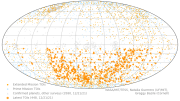


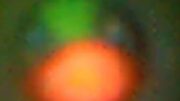
Be the first to comment on "A Billion Galaxies at a Glance: NASA’s Roman Odyssey Into Deep Space"